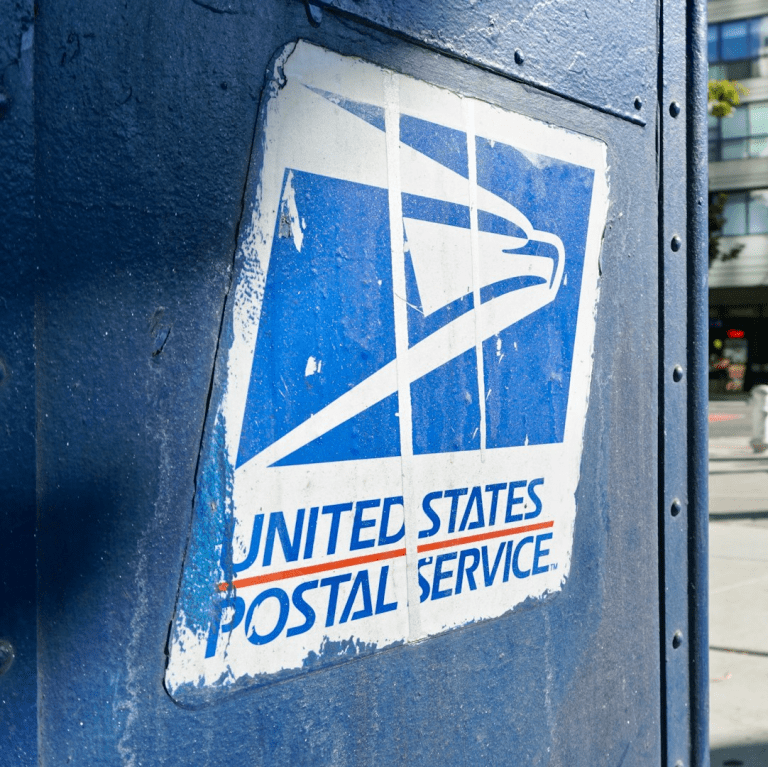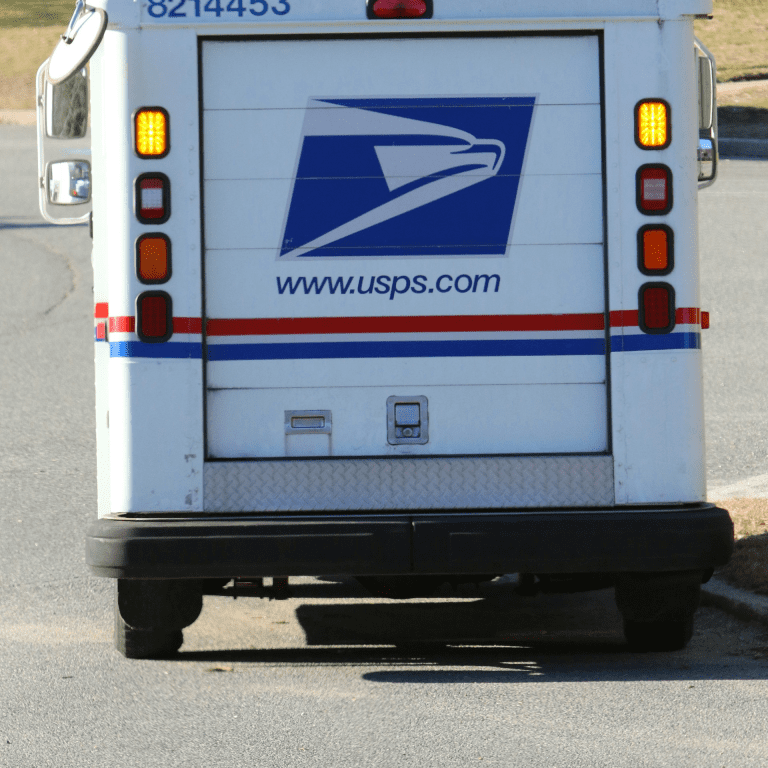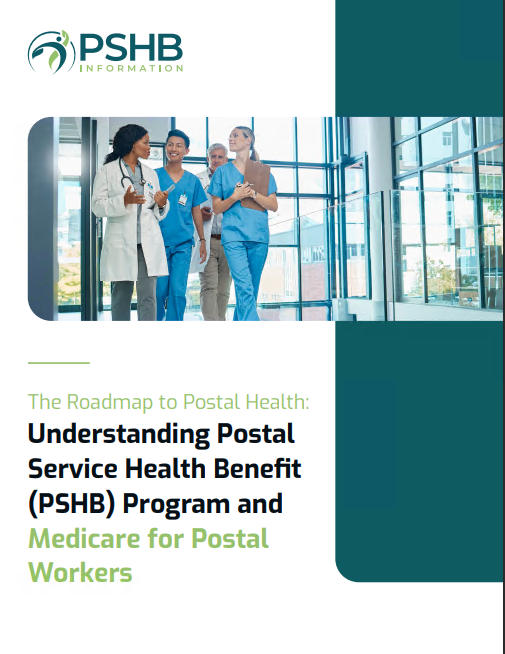Key Takeaways
-
If you’re a USPS retiree or employee, understanding who pays first between PSHB and Medicare can seriously impact your out-of-pocket costs and healthcare experience.
-
The order of payment—also called “coordination of benefits”—changes based on your age, employment status, and Medicare enrollment, and it can shift over time.
Why Primary Payer Rules Matter More Than You Think
If you’re covered under the new Postal Service Health Benefits (PSHB) Program and also eligible for Medicare, knowing which plan pays first isn’t just a technicality. It affects what you pay, how fast your claims are processed, and which providers you can use without hassles.
In 2025, these rules have real consequences for both current USPS workers and annuitants (retirees). Let’s break it all down so you don’t get stuck with bills you weren’t expecting—or worse, lose access to care you thought was covered.
First, a Quick Primer on PSHB and Medicare
-
PSHB is the new system that replaced FEHB for USPS employees and annuitants starting January 1, 2025.
-
Medicare is federal health insurance mainly for people 65 and older or those with certain disabilities.
-
Most USPS retirees are eligible for both—and many have both. That’s where things get tricky.
Coordination of Benefits: What It Really Means
Coordination of benefits is just a fancy way of saying that when you have more than one type of insurance, someone has to go first. That first payer—called the “primary”—pays its share of the costs. Then the “secondary” plan steps in to pay some or all of the rest.
Why this matters:
-
If the wrong plan is billed first, your claim could be delayed or denied.
-
You might end up paying more out of pocket if you don’t coordinate your benefits properly.
Let’s go deeper into how this plays out.
Still Working Past 65? Here’s What Happens
If you’re still actively employed by USPS and you’re 65 or older:
-
PSHB is your primary payer
-
Medicare is secondary, if you’ve enrolled in it
This setup is standard across most employer coverage rules. Since you’re still working, your job-based plan pays first. But if you haven’t enrolled in Medicare, then obviously there’s no secondary coverage, and you’re on the hook for what PSHB doesn’t pay.
Retired and Enrolled in Medicare? The Roles Reverse
If you’re retired and enrolled in Medicare, things flip:
-
Medicare becomes your primary
-
PSHB is your secondary payer
This is the big switch you need to be aware of. Medicare pays first, which means:
-
Lower out-of-pocket costs
-
PSHB plans often reduce or waive deductibles and copays
-
More seamless coordination, especially for hospital and doctor visits
It’s one of the main reasons Medicare enrollment is now mandatory for most PSHB-covered retirees.
The 2025 Medicare Requirement for PSHB Plans
Here’s the deal in 2025:
-
If you’re a USPS retiree who turns 65 on or after January 1, 2025, you must enroll in Medicare Part B to keep your PSHB plan.
-
This requirement also applies to eligible family members on your PSHB plan.
This rule doesn’t apply if:
-
You retired on or before January 1, 2025 and weren’t already enrolled in Part B
-
You qualify for a Medicare waiver due to hardship or other exceptions
The goal? Ensure Medicare takes the lead in covering your healthcare, which ultimately reduces costs for both you and the PSHB program.
What If You Only Have PSHB and Skip Medicare?
Let’s say you don’t enroll in Medicare even though you’re eligible. Here’s what could go wrong:
-
You’ll lose your PSHB coverage unless you’re exempt from the requirement
-
Even if you keep it somehow, PSHB will act like you have Medicare and pay as if Medicare already covered its share
Translation? You could be left with the unpaid portion of your medical bills, and that adds up fast.
The Perks of Medicare Being Primary
When Medicare is primary, and you have PSHB as secondary, you usually get:
-
Lower or no deductibles: Some PSHB plans drop the deductible completely for Medicare enrollees
-
Reduced copays and coinsurance: Out-of-pocket costs can shrink significantly
-
Expanded provider access: Medicare’s network is massive
-
Faster claims processing: Medicare pays promptly, and PSHB picks up the rest
Prescription Drug Coverage: How It Coordinates
If you’re enrolled in Medicare and PSHB, your prescription drugs are usually covered under a Medicare Part D Employer Group Waiver Plan (EGWP), integrated into your PSHB plan.
How this setup works:
-
Medicare Part D (via the EGWP) is primary for prescriptions
-
PSHB helps cover what Medicare Part D doesn’t
This layered structure means you rarely pay the full cost of any medication, especially high-cost prescriptions.
What About Coordination for Family Members?
It gets a little more complex with dependents. Here’s a quick overview:
-
If your spouse is Medicare-eligible and enrolled, the same coordination rules apply: Medicare pays first, PSHB is secondary
-
If your spouse isn’t Medicare-eligible, PSHB is primary by default
-
Children and other dependents are covered only under PSHB unless they’re separately eligible for Medicare (rare)
Make sure every family member’s Medicare status is correctly reported to avoid billing headaches.
Filing Claims the Right Way
The best part of coordination is that you usually don’t have to file anything manually. But mistakes can still happen, especially if your Medicare enrollment isn’t properly linked to your PSHB plan.
To stay ahead:
-
Make sure Medicare knows about your PSHB plan
-
Confirm your PSHB carrier has your Medicare info
-
Always show both ID cards at the doctor’s office
Doing these simple things ensures your claims go through the correct channels without delay.
What If You’re Under 65 and on Disability?
If you qualify for Medicare due to disability but are under 65, the payer order depends on your employment status:
-
Still working? PSHB pays first, Medicare second
-
Retired? Medicare is primary
These rules mirror the age-65 structure but apply earlier due to your Medicare eligibility.
Switching Coverage? Watch the Timelines
Switching between plans or becoming Medicare-eligible can trigger changes in who pays first. Keep these timelines in mind:
-
Turning 65? Enroll in Medicare during your 7-month Initial Enrollment Period (3 months before, the month of, and 3 months after your birthday month)
-
Leaving USPS employment? This ends your active employment status, and Medicare takes over as primary
-
Changing PSHB plans during Open Season? Make sure your new plan gets your updated Medicare info
Missing these windows can mess up your coordination and cost you money.
Summary of Who Pays First in Different Scenarios
| Status | Medicare Enrolled | Primary Payer |
|---|---|---|
| Working and under 65 | No | PSHB |
| Working and over 65 | Yes | PSHB |
| Retired and over 65 | Yes | Medicare |
| Retired and over 65 | No | PSHB (but plan pays as if Medicare did) |
| Disabled and working | Yes | PSHB |
| Disabled and retired | Yes | Medicare |
This table can be a quick go-to reference if you’re ever unsure.
Keep It Simple, Keep It Covered
Understanding who pays first can be the difference between a smooth healthcare experience and a billing nightmare. With Medicare and PSHB now working more closely together in 2025, getting it right matters more than ever.
Stay on top of enrollment timelines, double-check your coordination of benefits setup, and don’t assume your coverage is automatic.
Need personalized help making sense of it all? Talk to a licensed agent listed on this website to get professional advice tailored to your situation.









